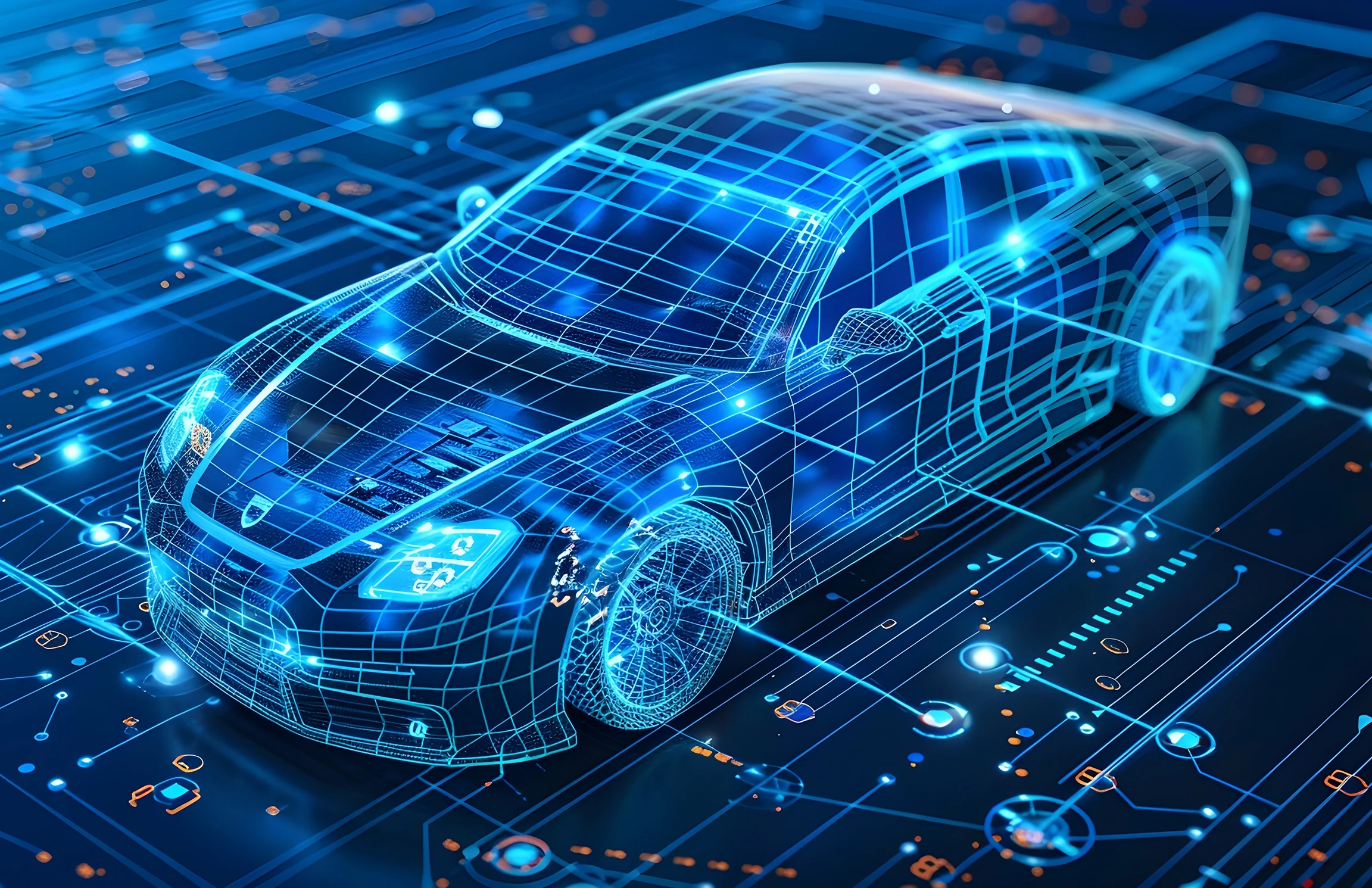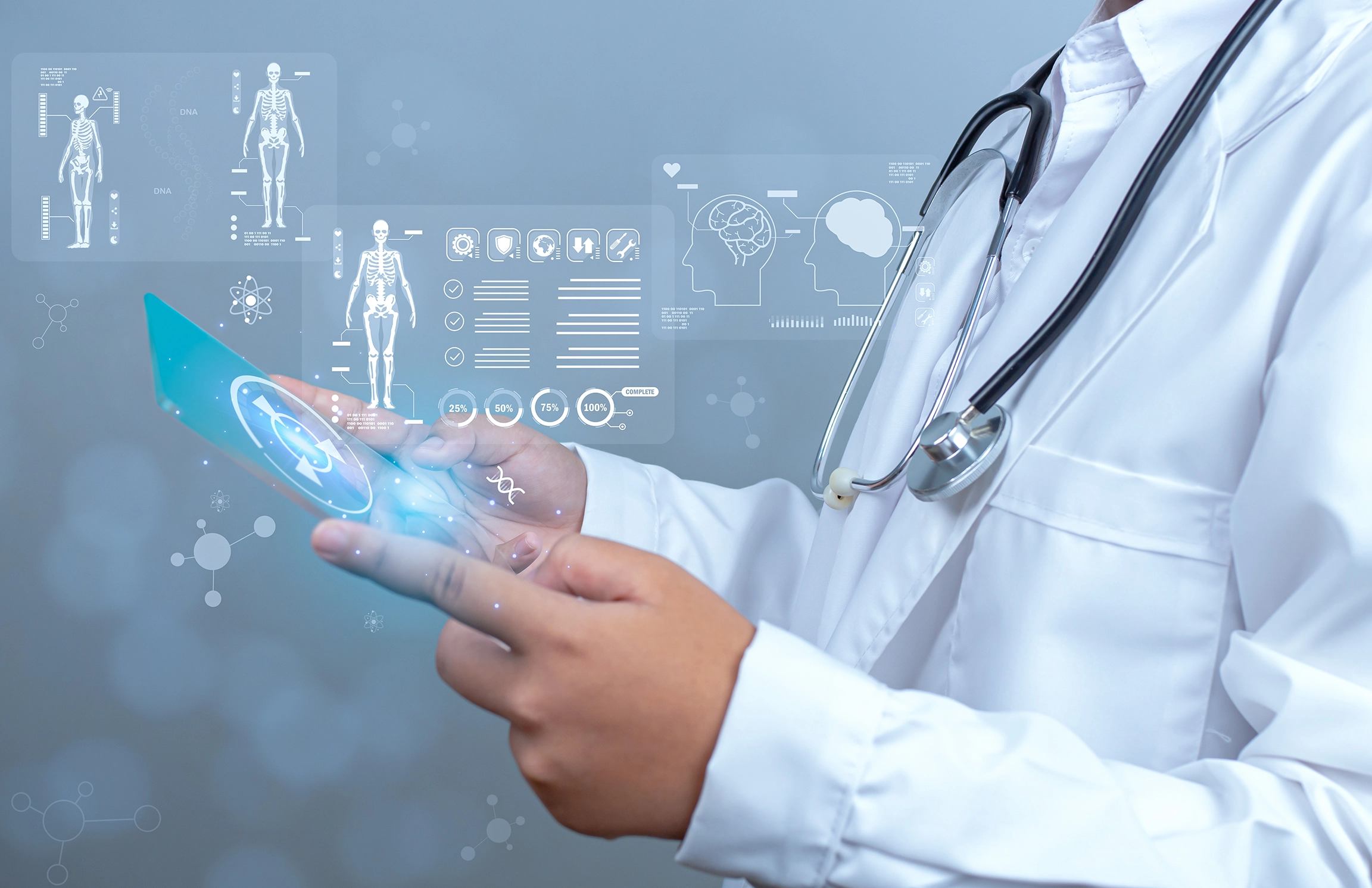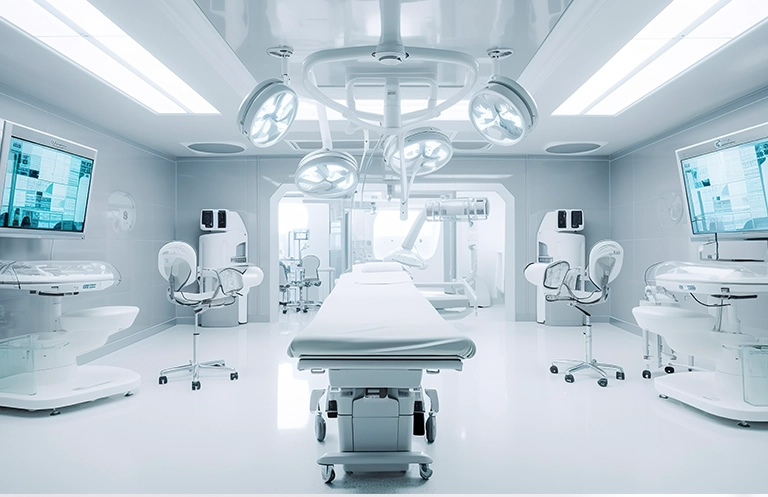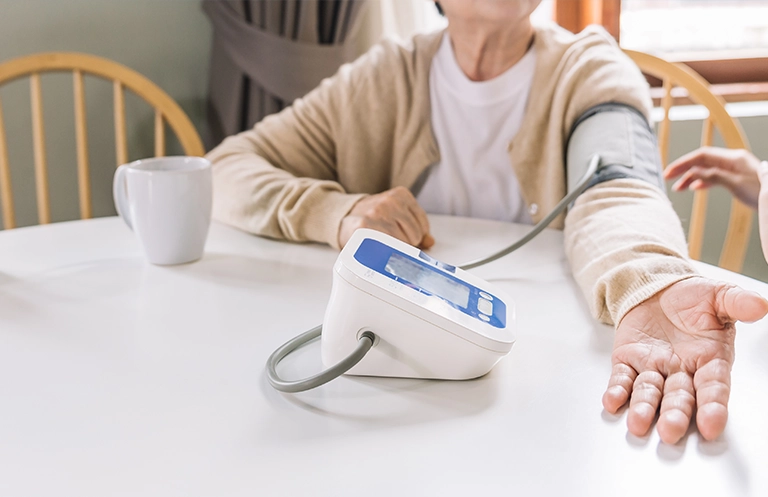Recently, I had been to one of the well-known hospital chains. Surprisingly even though they had my entire medical records in their EMR systems, they were not able to pull out my ECG report because they forgot to scan it in the first place. The first question that popped into my mind was, “Was there a need to scan ECG independently?
That’s when I got to know that even today, most of the high-end tech equipment provide features to integrate with EMR either directly or through software plugins provided by EMR companies. But simple medical devices like ECG Machines have not yet incorporated or integrated additional features of automated scans.
On further research, I got to know two important factors that are involved in the adoption of newer technology for existing devices. One is the real need for the device in the present technological scenario and if it does serve a purpose, the need to enhance, change or integrate additional features.
The first factor was in place, as there was indeed a real need for the ECG device as the technicians were satisfied with the way the existing device was being used. Here are some of the questions I asked the technicians myself during my visit:
- How much time is spent to get ECG data into the hospital EMR system?
- How perfectly is the data processed when the patient comes for the next visit?
- Is there a reference comparison that I can do with previous data?
- What if the ECG data is not entered into the system due to manual incompetence?
- What if the patient forgets to fetch their records that includes previous ECG data?
These questions did put some serious thought into the technician’s mind about the amount of time lost and the data being incorrectly handled.
The hospital staff also seem to have an inclined bias towards devices that have been working perfectly fine. They have been using these devices for a very long time and are quite used to working with them. On the face of it, they would not require further changes to the device, they have been using for years.
Hence it is important to look for devices that do deliver improved efficiency, have a low learning curve, simple to use, and most importantly, help in delivering better services.
My personal encounter with the hospital staff and technicians did raise some serious questions about the way we handle and think about medical devices. Even though, we have been engineering next generation of digital products for medical devices and healthcare, it is necessary to implement ways for seamless adoption of new devices that are aligned with the present standards of technology. Unless we keep questioning the status quo and try to improve efficiency and reduce costs, adoption of innovative devices is bound to take a backseat.













